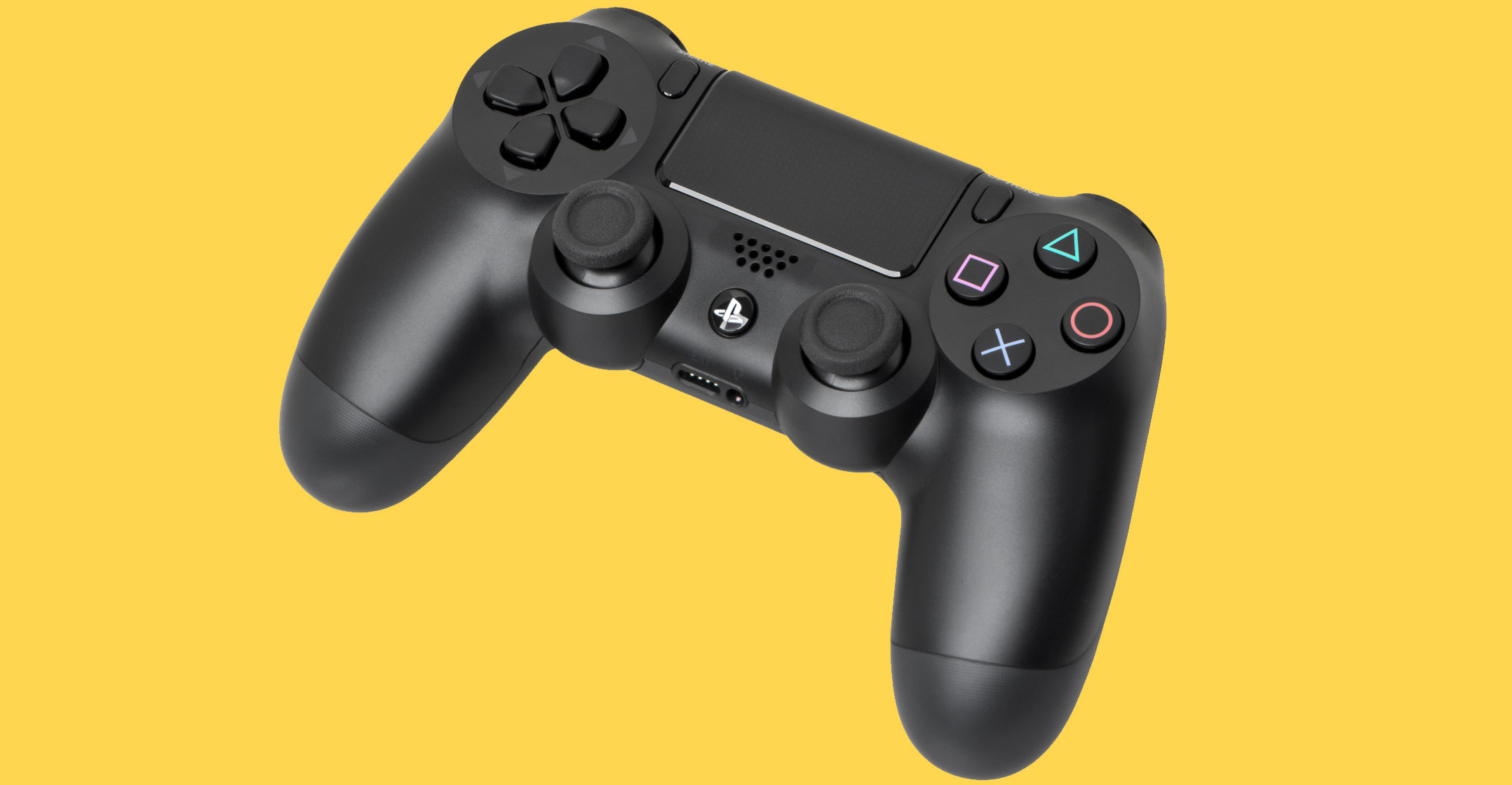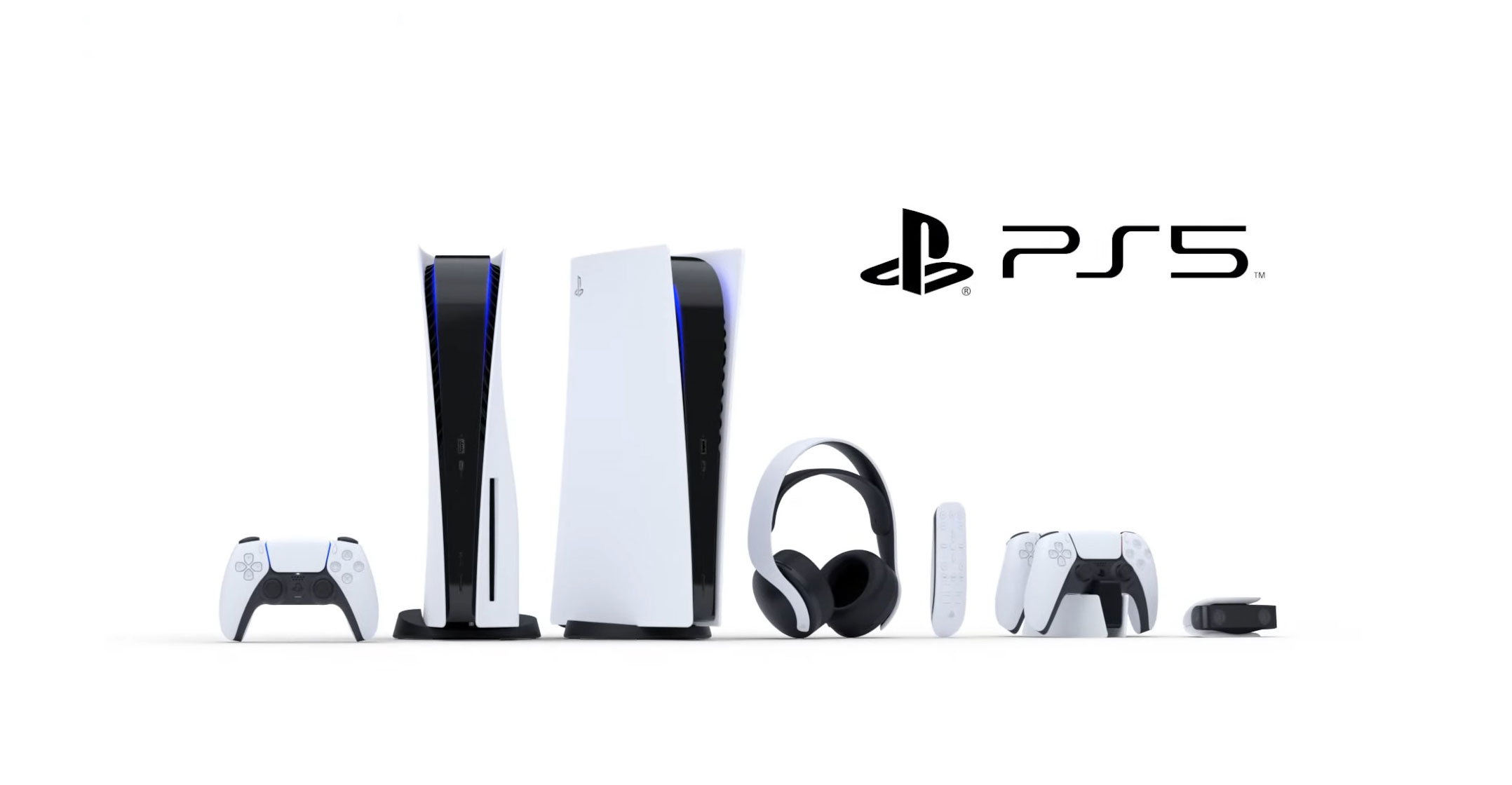
Sony Group will continue producing PlayStation 4 consoles throughout 2022 as it navigates disruptions to the global supply chain that have limited output of its pricier PlayStation 5.
The Japanese conglomerate, whose flagship PS5 console has been in scarce supply since its debut in November 2020, told assembly partners late last year that it would continue making its earlier-generation machine through this year, according to people familiar with the matter. While Sony never officially announced when it would stop making the PS4, it had previously planned to discontinue assembly at the end of 2021, they said, asking not to be named as the plans are not public.
The strategy would add about a million PS4 units this year to help offset some of the pressure on the company’s PS5 production, a figure that will be adjusted in response to demand, the people said. The older console uses less advanced chips, is simpler to make and provides a budget-friendly alternative to the PS5.
Increasing production orders by adding the cheaper-to-make PS4 would also give Sony more leeway when negotiating with manufacturing partners for a better deal, two of the people said.
A Sony spokesman confirmed PS4 production would continue this year and said the company had not planned to stop making the console. “It is one of the best selling consoles ever and there is always crossover between generations,” the company said.
Sony’s ambition with the PlayStation 5 was to make a quick transition to the latest hardware, PlayStation chief Jim Ryan has said. But the coronavirus pandemic slowed software development across the games industry while also triggering a surge in hardware demand that’s made even the most basic of components scarce. The result has been a console that’s hard to find and lacks a strong portfolio of must-have exclusive games.
Remains popular
The predecessor PS4, released in 2013, has sold more than 116 million units to date and remains a popular option among players. It still provides a substantial portion of Sony’s gaming division income from subscriptions and software sales.
The PlayStation unit is grappling with a series of unanticipated challenges, including a slower-than-expected PS5 production pace and online scalpers choking off retail supply of the newer console. Extending PS4 availability is seen within the company as a means to fill the supply vacuum and keep gamers within the PlayStation ecosystem, according to a Sony official who is not authorised to speak publicly.

Among the most severe supply chain bottlenecks today are cheap general-purpose chips for audio, power and wireless communication functions. Some console makers have found that even offering a higher price won’t secure supply of such components as all current production has already been sold, according to the people. Even with finished consoles, distribution remains a challenge as shipping costs have escalated sharply.
While gaming remains the biggest source of Sony’s revenue, the Japanese electronics giant is exploring new arenas to sustain growth. It’s preparing to release more powerful virtual reality headsets to take advantage of future games and applications in the so-called metaverse and is considering launching its own electric vehicles. — Takashi Mochizuki and Debby Wu, (c) 2022 Bloomberg LP




